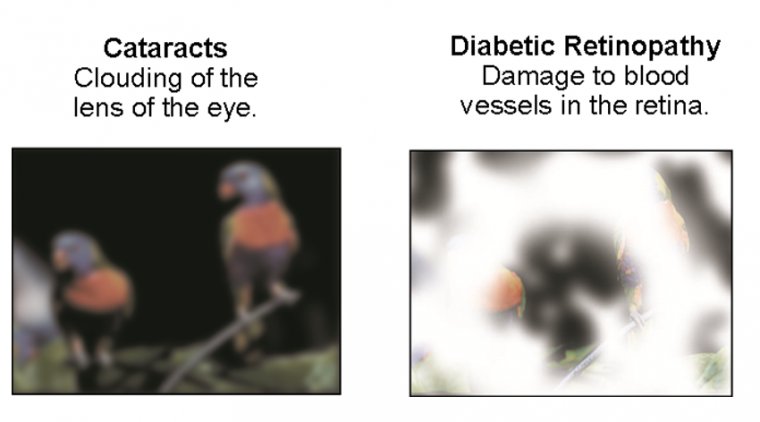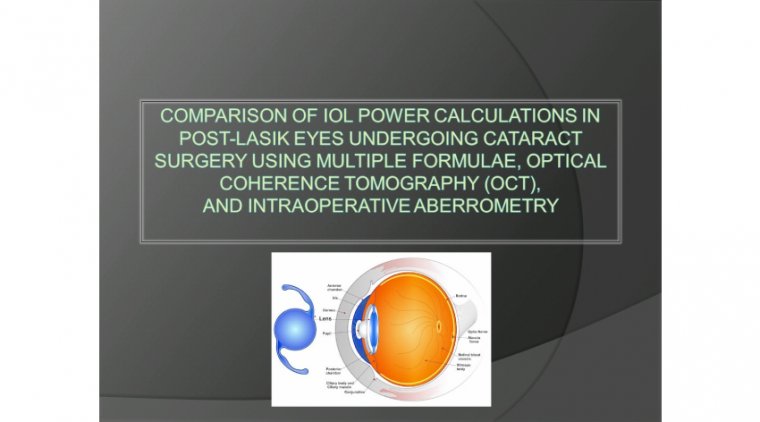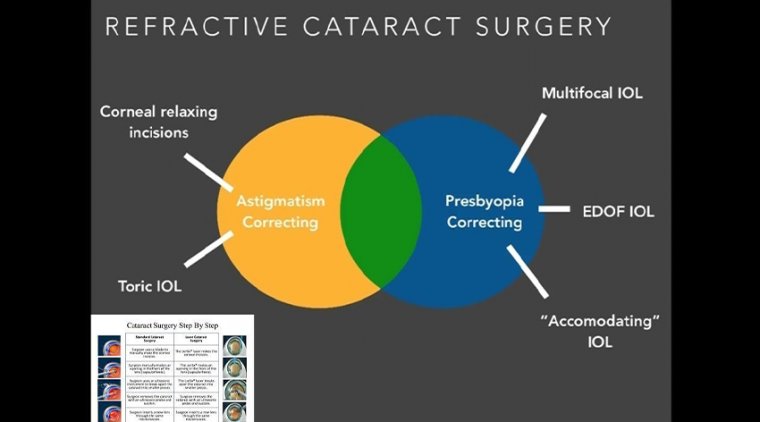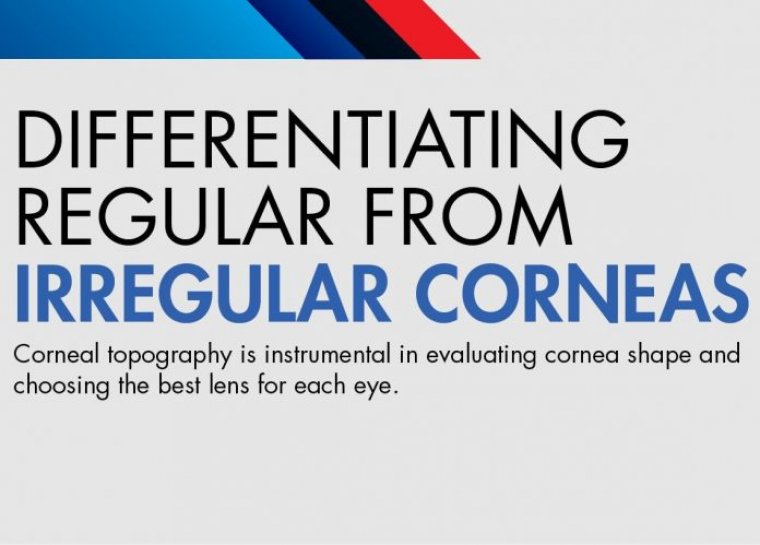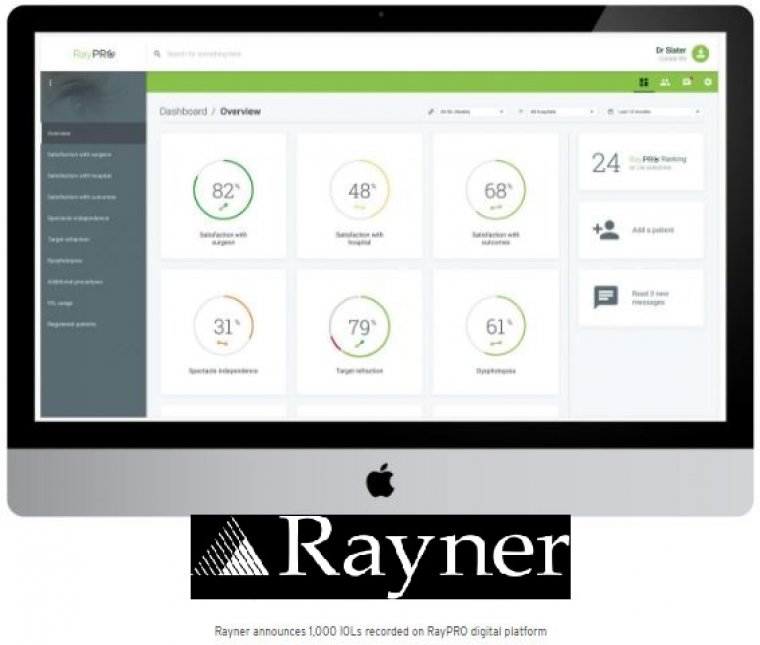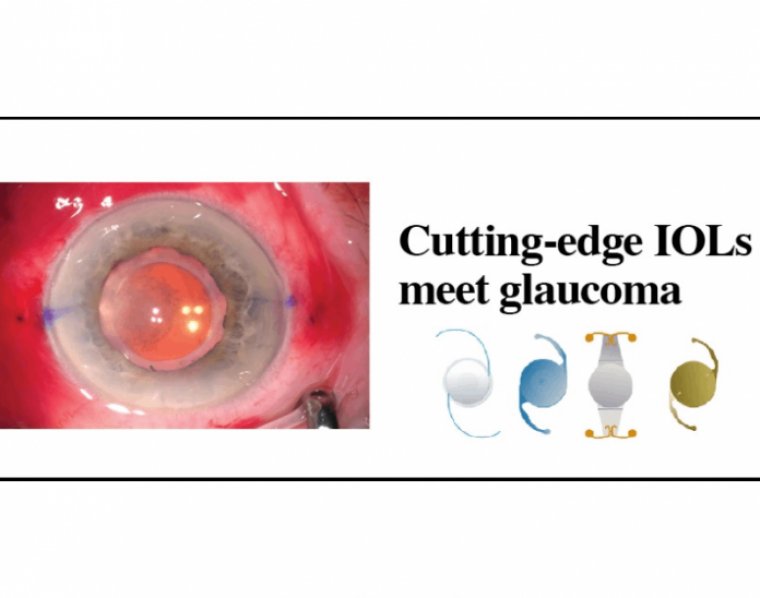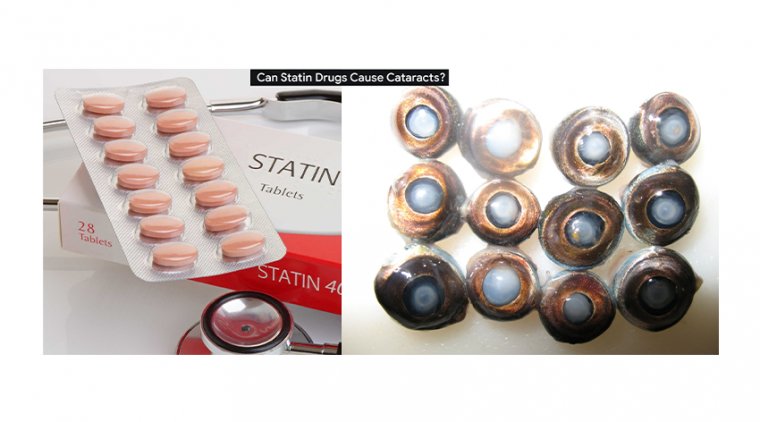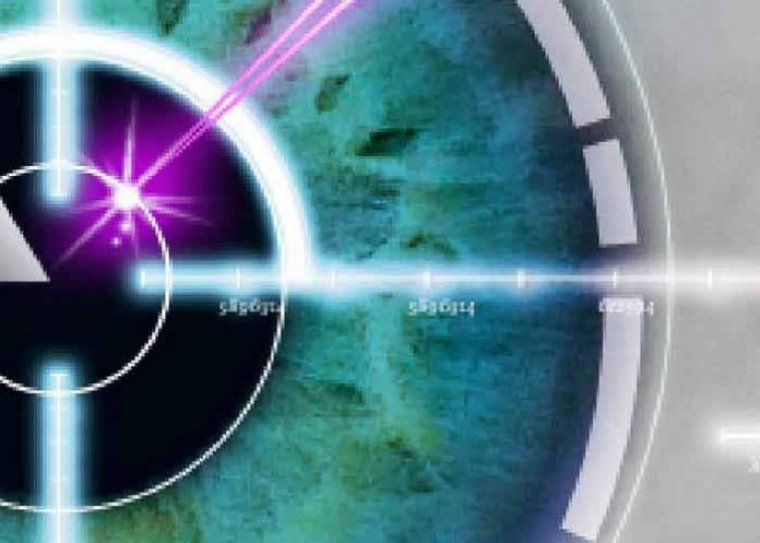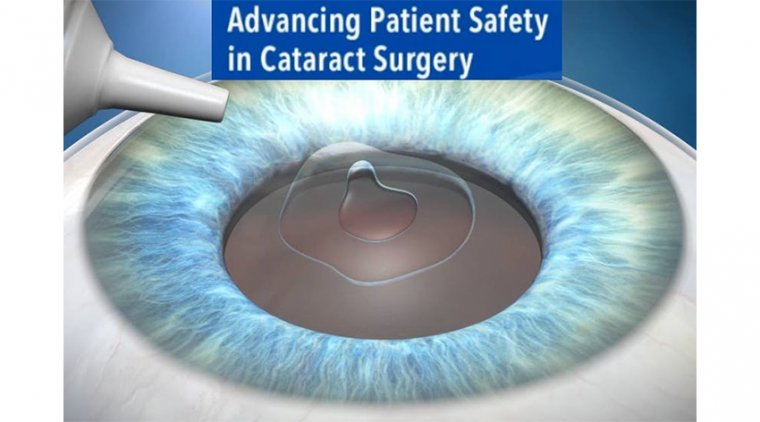
Cataract Surgery Safety
The main purpose of cataract surgery with phacoemulsification is to surgically remove the lens that develops cataract and thus to achieve the best visual acuity and to maintain visual function with an artificial intraocular lens (IOL).
The main goal in modern cataract surgery is to minimise iatrogenic effects on ocular structures such as the cornea, which are particularly vulnerable to significant risks.
Cataract surgery has become one of the most frequently performed surgical procedures worldwide owing to the increase in life expectancy and quality of life.
The expectation of an increased visual quality with technological developments has accelerated research in this direction and increased the use of IOL of different structures such as toric, bifocal, or trifocal lens.
Rapid developments in phacoemulsification devices, shortening of the surgical time, rapid recovery with the reduction of corneal incisions and use of toric or multifocal forms of intraocular foldable lenses according to the needs of an individual have made the phacoemulsification method the first choice in cataract surgery worldwide.
New-generation phacoemulsification devices provide better surgical outcomes and improve surgical safety. Careless use of intraocular ultrasound energy can sometimes damage the corneal endothelium and cause varying degrees of corneal oedema and even corneal burns in some cases.
In addition, fluid leakage from corneal incisions and inconsistent work in the irrigation/aspiration (I/A) system cause anterior chamber collapse (surge) and increase the risk of complications. Thus, successful phacoemulsification surgery depends on an experienced surgeon and an effective cataract device.
Cataract surgery with phacoemulsification has been recognized for many years to be one of the safest and most effective surgical procedures. Nevertheless, there has been continued effort on the part of our industry partners to develop advances in technologies that will further increase surgical success.
In September 2021, a new phacoemulsification system came onto the market – the QUATERA® 700 from ZEISS. Before it became commercially available, we had the opportunity to use the new device in a wet lab setting operating on enucleated porcine eyes.
Then, after it was approved for human use, we used the QUATERA for 3 days in our surgery center. We will need more experience with the device before we can fully appreciate all of its features.
Based on our initial limited experience, however, we can state conclusively that we were impressed by its performance for providing unsurpassed anterior chamber stability in challenging cases.
Being able to work in a controlled intraocular environment made us feel comfortable and relaxed, and by the end of the first day we were looking forward to operating again with the ZEISS QUATERA 700.
Quiet and Controlled Anterior Chamber
The device is built with a number of new features. However, its ZEISS patented QUATTRO® Pump represents its most remarkable asset, distinguishing the ZEISS QUATERA 700 from other phacoemulsification machines in its design and performance for controlling fluidics.
Differing from venturi and peristaltic pumps, the QUATTRO Pump directly controls both infusion and aspiration and operates via four syringe-like chambers that provide synchronous exchange of infusion and aspiration.
Sensors directly measure actual irrigation and aspiration flow and automatically compensate for incisional leakage to maintain the pre-set target IOP independent of vacuum limit or IOP level.
The QUATTRO Pump enables rapid stabilization of free flow state IOP after occlusion break in about 200 ms (Data collected by Carl Zeiss Meditec), and consequently we did not experience surge.
The QUATTRO Pump is designed to keep the anterior chamber stable throughout surgery, and at least in my early experience, it achieves this goal.
During the days when we had the QUATERA in our center we used it on all scheduled patients. This unselected cohort represented the full spectrum of routine and challenging cases that are encountered in clinical practice and included eyes with hyperopia and a shallow anterior chamber, small pupils, pseudoexfoliation, and cataracts with very hard nuclei.
In all of the procedures, including those that tend to be stressful situations themselves, and even if there was fluid outflow from the main or side-port incisions, we felt very comfortable because we encountered no incidences of anterior chamber shallowing, forward bulging of the posterior capsule, or excessive turbulence.
Working in this controlled environment gave me the confidence to use presets for my fluidics settings that are higher than my usual settings in order to increase my efficiency in more complicated cases, such in eyes with a hard nucleus, pseudoexfoliation or miotic pupil.
At first we operated with our standard vacuum of 330 mmHg and flow rate of 33 cc/min. After several cases and with the knowledgeable guidance of our manufacturer’s representative, we felt comfortable that safety would not be compromised by higher settings.
Setting the machine for a rapid rise in vacuum and up to 625 mmHg and for 60 cc/min for flow improved efficiency while the anterior chamber remained stable.
The ZEISS QUATERA 700 provided stable non-phaco suction for chopping the nucleus and good “grabbing” of fragments along with controlled anterior pulling of the fragments for emulsification. There also seemed to be less iridal movement during surgery.
A Brief Glance At Other Features
The ZEISS QUATERA 700 also has Automated Ultrasound Power on Demand, meaning that ultrasound is delivered only when it is needed.
Unlike with other phaco machines, when operating with the QUATERA there is no need to repeatedly use the foot pedal to control ultrasound power. With Power on Demand, ultrasound is only provided when full occlusion is detected, and ultrasound is deactivated when the occlusion breaks, thus, reducing the ultrasound energy to a minimum.
Although we feel that we will need more time to fully understand how best to work with Automated Ultrasound Power on Demand, weere able to appreciate how it could provide improved fragment followability and more efficient surgery.
In fact we were surprised in some cases by how little energy was used. Reducing ultrasound power use during cataract surgery can lead to greater safety, minimize corneal endothelial cell stress, and enable faster visual recovery.
The ZEISS QUATERA 700 also has a dual-linear foot pedal that allows surgeons to easily control ultrasound energy, and we especially enjoyed this feature that is lacking on the machine we have been using.
Another design element of the new phaco machine that we and our entire team liked a lot is that the phaco screen integrates the microscope view, which allows the OR staff to see what the surgeon sees.
By having a real-time perspective of how the surgery is progressing, the OR nurse can anticipate the next steps and have the necessary instruments ready as soon as the surgeon is about to ask for them, enabling OR workflow efficiency.
As with all new equipment, staff needs thorough introduction to the system and on-screen menu management.
The ZEISS QUATERA 700 is also capable of digital integration with the IOLMaster® and CALLISTO eye® (both Carl Zeiss Meditec AG). It allows surgeons to see patient data from the IOLMaster displayed on the QUATERA screen and to have integrated workflow of the CALLISTO eye assistance function and phaco steps for full control of the surgical workflow from one sterile cockpit.
This digital integration of technology brings important benefits from streamlining cataract surgery workflow and reducing human input errors.
It is usual to experience some stress and apprehension when operating on patients with equipment that is new and unfamiliar. For that reason, it was amazing how quickly those feelings disappeared during our initial experience using the ZEISS QUATERA 700 because of how well it handled fragments and maintained anterior chamber stability in a variety of situations.
Not only did we look forward to the next day’s surgical schedule at the end of our first and second days using the new device, but we missed it after the 3-day trial ended.
When we returned to using our own phacoemulsification system we had the feeling that we were going back to driving an older car that lacks the comfort and safety benefits of the latest vehicles.
The ZEISS QUATERA 700 offers many options for finetuning settings that provide the opportunity to optimize the surgical efficiency and safety in various surgical scenarios. After using the machine during just a short testing period, we were able to determine fluidics settings that we felt were excellent for our technique.
Different cataract surgeons use different techniques and have different preferences for phacoemulsification settings. As with all new machines, as surgeons begin to use the QUATERA, they will need professional help and some time to learn how to program it and find settings tailored to their preferences and needs.
Having had a limited testing period, we still need more experience with the new machine to understand how best to use it. Considering the control and safety it provides, we expect that when we resume on the road that takes us on our learning curve with the ZEISS QUATERA 700, we will have an enjoyable and rewarding journey.



